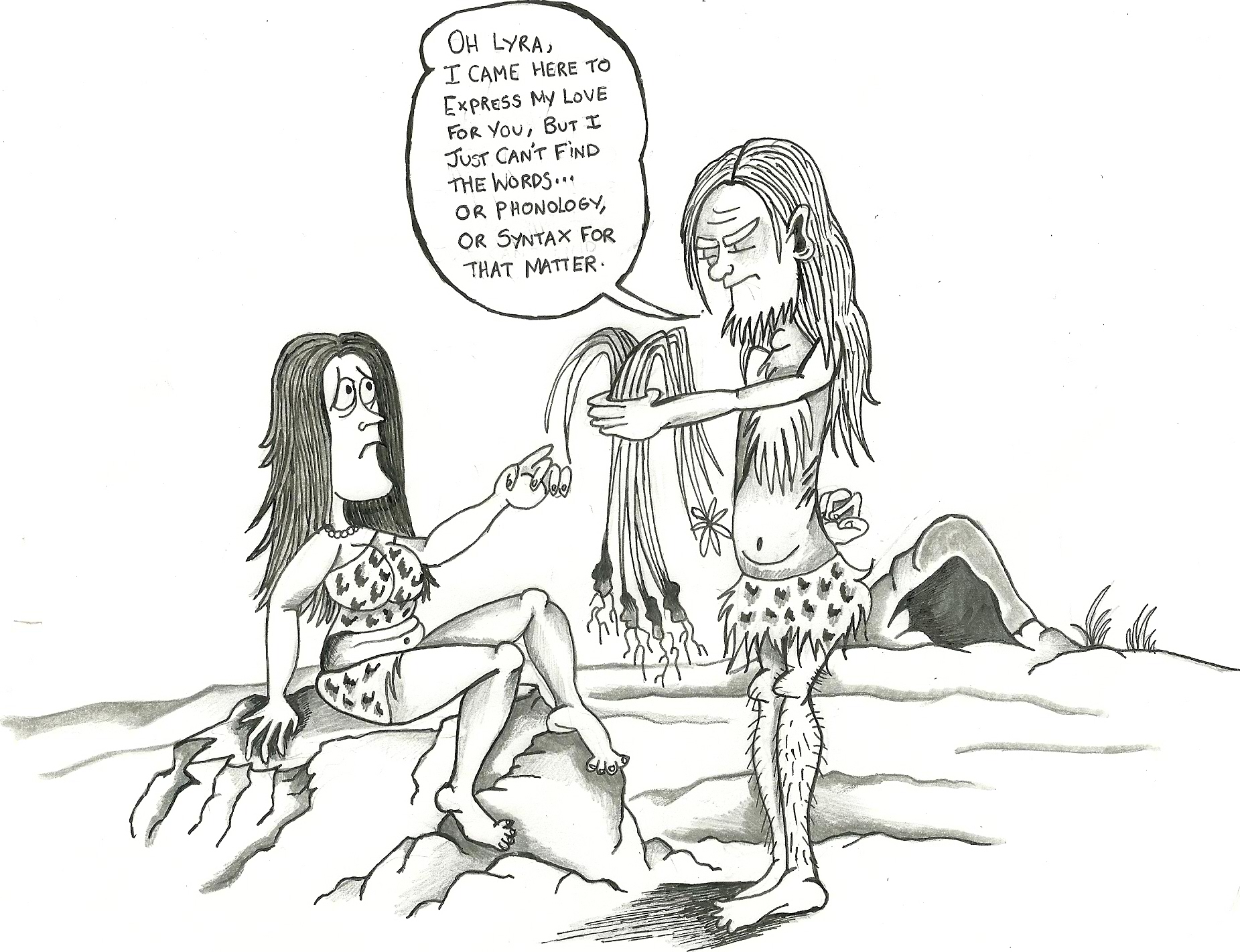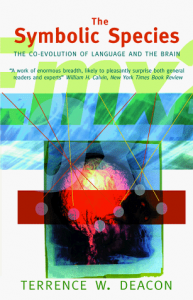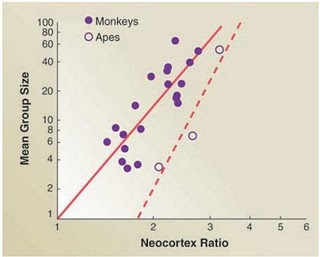MIT recently held a symposium on the current status of AI, which apparently has seen precious little progress in recent decades. The discussion, it seems, ground down to a squabble over the prevalence of statistical techniques in AI and a call for a revival of work on the sorts of rule-governed models of symbolic processing that once dominated much of AI and its sibling, computational linguistics.
Briefly, from the early days in the 1950s up through the 1970s both disciplines used models built on carefully hand-crafted symbolic knowledge. The computational linguists built parsers and sentence generators and the AI folks modeled specific domains of knowledge (e.g. diagnosis in elected medical domains, naval ships, toy blocks). Initially these efforts worked like gang-busters. Not that they did much by Star Trek standards, but they actually did something and they did things never before done with computers. That’s exciting, and fun.
In time, alas, the excitement wore off and there was no more fun. Just systems that got too big and failed too often and they still didn’t do a whole heck of a lot.
Then, starting, I believe, in the 1980s, statistical models were developed that, yes, worked like gang-busters. And these models actually did practical tasks, like speech recognition and then machine translation. That was a blow to the symbolic methodology because these programs were “dumb.” They had no knowledge crafted into them, no rules of grammar, no semantics. Just routines the learned while gobbling up terabytes of example data. Thus, as Google’s Peter Norvig points out, machine translation is now dominated by statistical methods. No grammars and parsers carefully hand-crafted by linguists. No linguists needed.
What a bummer. For machine translation is THE prototype problem for computational linguistics. It’s the problem that set the field in motion and has been a constant arena for research and practical development. That’s where much of the handcrafted art was first tried, tested, and, in a measure, proved. For it to now be dominated by statistics . . . bummer.
So that’s where we are. And that’s what the symposium was chewing over.
Continue reading “Statistics and Symbols in Mimicking the Mind”



